Unveiling the Hidden Dangers: How Bad Are Kitchen Sponges for Your Health?
Did you know that the humble kitchen sponge, a staple in nearly every household, can harbor more bacteria than a toilet seat? This startling revelation made me rethink my own cleaning habits, and I want to share what I’ve learned with you.
While these sponges are handy for scrubbing away grime, they can also become breeding grounds for harmful bacteria like E. coli and Salmonella, posing significant health risks. But don’t worry—I’ve got you covered. In this article, we’ll explore the unsettling truth about kitchen sponges and offer practical tips on keeping your kitchen safe and healthy. Together, we’ll discover sustainable alternatives that benefit both your health and the environment.
The Unsettling Truth About Kitchen Sponges
Kitchen sponges, those trusty companions in our cleaning routines, might not be as innocent as they seem. Despite their essential role, they are surprisingly among the dirtiest items in our homes. Imagine this: a single kitchen sponge can harbor millions of bacteria, turning it into a potential health hazard. Studies have shown that within just two weeks of use, a sponge can accumulate up to 32 million bacteria. This staggering number highlights the importance of regular maintenance and timely replacement.
The very makeup of kitchen sponges is a big part of the problem. Made from cellulose, they have a porous structure that traps food particles and bacteria with ease. This environment becomes a perfect breeding ground for germs, especially when sponges are left damp. The moisture provides the bacteria with exactly what they need to thrive.
A study by German scientists sheds more light on this issue, revealing a shocking 362 different species of bacteria living in kitchen sponges. Even more concerning is the discovery that these sponges can contain up to 45 billion bacteria per square centimeter. Among this diverse bacterial population are both harmless and potentially harmful species. This makes it essential to understand and address the hygiene concerns tied to these everyday cleaning tools.
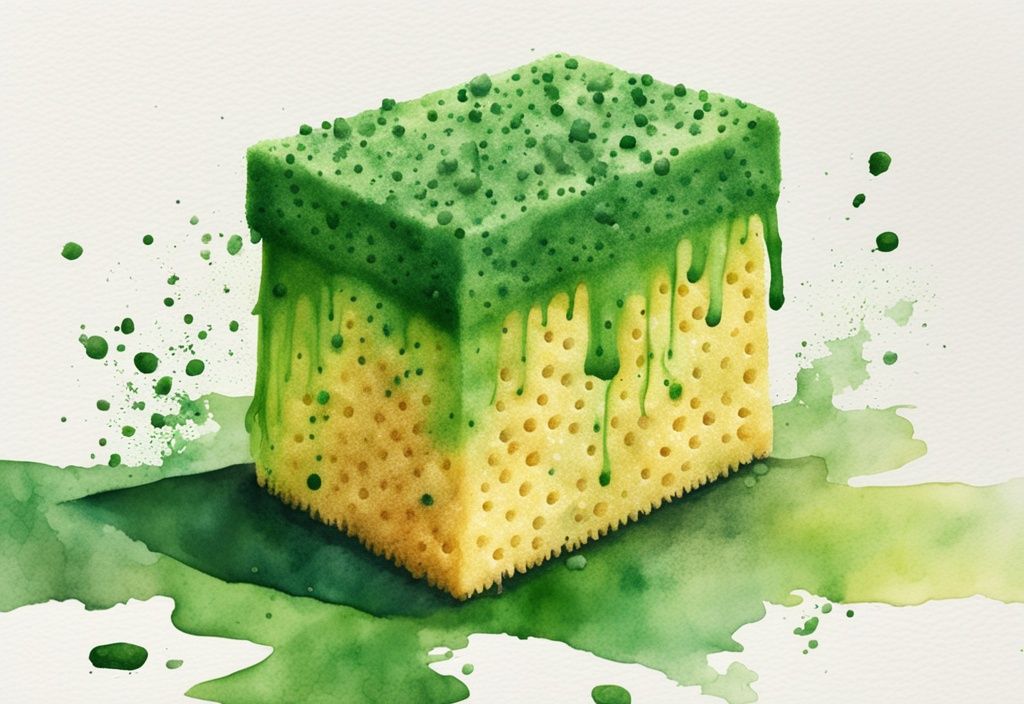
Given these findings, it’s crucial to adopt effective cleaning and replacement strategies for kitchen sponges. By raising awareness and taking proactive steps, we can significantly reduce the risk of bacterial contamination in our kitchens, fostering a healthier home environment.
Types of Bacteria Lurking in Your Kitchen Sponge
Kitchen sponges might seem harmless, but they can be a hidden danger in your home. These everyday cleaning tools can harbor a variety of bacteria, some of which can pose serious health risks. Let’s delve into the types of bacteria that can make a home in your sponge and why it’s crucial to be aware of them.
E. coli and Salmonella: Common Culprits
It’s unsettling to think that something as simple as a kitchen sponge can be a breeding ground for E. coli and Salmonella. These bacteria are notorious for causing foodborne illnesses, which can be quite severe. The porous nature of sponges provides the perfect environment for these pathogens to thrive. When you use a contaminated sponge, you risk spreading bacteria to your hands, kitchen surfaces, and even your food. It’s essential to recognize just how bad kitchen sponges can be to maintain a safe and hygienic kitchen.
Coliform Bacteria: A Sign of Fecal Contamination
Finding coliform bacteria in your sponge is a red flag. This type of bacteria often indicates fecal contamination, which is a serious concern for any household. The presence of coliform bacteria suggests unsanitary conditions and highlights the potential health risks lurking in your kitchen. These bacteria can easily spread, increasing the risk of cross-contamination. Regularly maintaining and replacing your sponge is key to ensuring a cleaner, healthier kitchen environment.
Health Risks Posed by Bacteria in Kitchen Sponges
Kitchen sponges might seem harmless, but they can be a hidden danger in our homes. These everyday cleaning tools can harbor harmful bacteria, leading to cross-contamination and potential health risks. Understanding these dangers is key to maintaining a safe and healthy kitchen environment.
Understanding Cross-Contamination Risks
Kitchen sponges, often overlooked in our daily cleaning routines, can be a major source of cross-contamination at home. I remember the time I realized how easily bacteria could spread from a sponge to my hands, kitchen surfaces, and even the food I was preparing. It was a wake-up call! When we use a sponge repeatedly without proper cleaning, it becomes a breeding ground for bacteria. These bacteria can transfer easily, posing a risk of spreading harmful pathogens. This cross-contamination is a major concern for maintaining kitchen hygiene and preventing foodborne illnesses. Understanding the risks associated with dirty sponges is crucial for anyone aiming to keep their kitchen environment safe and healthy.
How Dirty Sponges Impact Your Health
While most bacteria found in kitchen sponges might not harm healthy individuals, they can pose significant health risks to vulnerable populations. Think of the elderly, young children, and those with weakened immune systems. Bacteria like E. coli and Salmonella, often lurking in sponges, are known culprits behind severe foodborne illnesses. To minimize these health risks, it’s wise to regularly disinfect kitchen sponges and maintain them properly. I’ve found that occasional disinfection, paired with timely replacement, can significantly reduce the bacterial load. This practice ensures a safer kitchen environment for everyone. Let’s take these small steps together to protect our loved ones and create a healthier home.
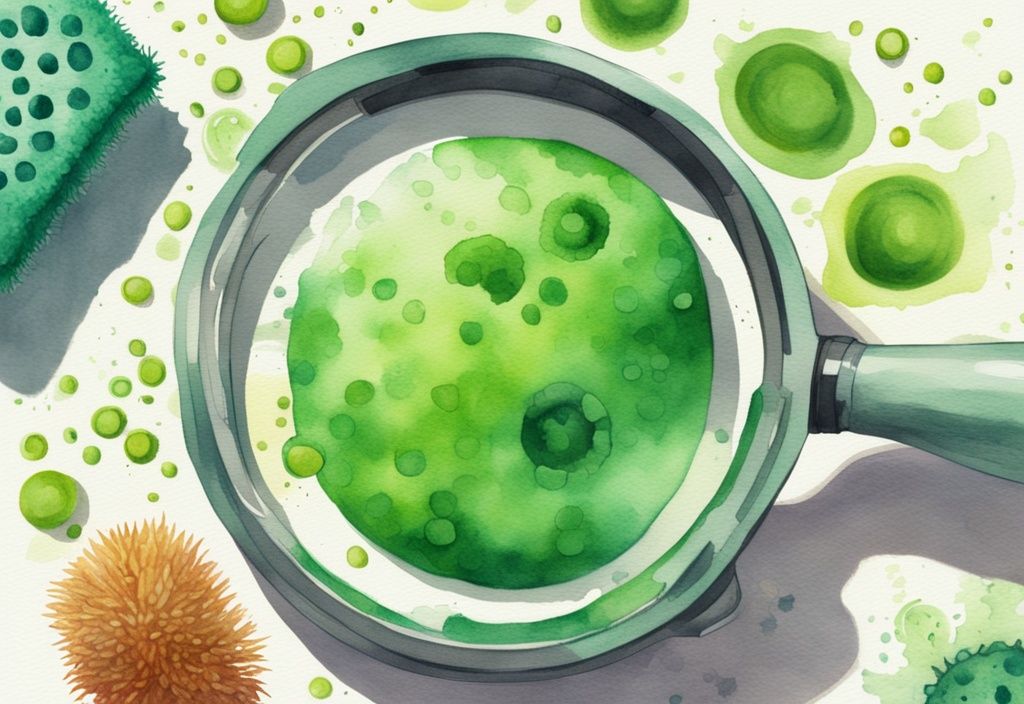
Effective Cleaning Methods for Kitchen Sponges
Keeping kitchen sponges clean is crucial for a healthy home. These everyday tools can become breeding grounds for bacteria if not properly maintained. The following methods can help reduce the bacterial load on your sponges, each offering its own benefits.
Microwaving, Boiling, and Other Techniques
I’ve found that microwaving a damp sponge for about one to two minutes can significantly reduce bacteria. It’s a quick method that fits well into a busy routine. Boiling is another technique I trust—immersing the sponge in boiling water for several minutes can sanitize it effectively.
Soaking sponges in bleach or ethanol solutions can also be beneficial, but it’s important to rinse them thoroughly afterward. Personally, I prefer running sponges through a dishwasher cycle for convenience, though it might not be as thorough as other methods. Remember, regular cleaning is vital, but no method can entirely eliminate bacteria. Replacing sponges frequently is key to maintaining a clean kitchen.
Why Antibacterial Dishwashing Liquid Isn’t Enough
It might seem like antibacterial dishwashing liquid is a good solution, but it’s often not enough. Sponges are porous, allowing bacteria to hide deep within, making it hard for the liquid to reach. Even with diligent cleaning, sponges can still harbor bacteria if not replaced regularly. This reality underscores the importance of understanding how bad kitchen sponges can become without proper care.
Combining regular cleaning with timely sponge replacement ensures a safer kitchen environment. Relying solely on antibacterial products isn’t the answer. By taking these steps, you’re not just protecting your health but also contributing to a more sustainable lifestyle.
Knowing When to Replace Your Kitchen Sponge
Understanding the importance of replacing your kitchen sponge is key to maintaining a clean and safe kitchen. This section delves into how often you should change your sponge and the signs that indicate it’s time for a new one.
How Often Should You Change Your Sponge?
Replacing your kitchen sponge regularly is vital for a hygienic kitchen. Considering how bad kitchen sponges can be due to bacterial contamination, experts suggest swapping them out every one to two weeks. This routine helps minimize bacteria buildup, reducing the risk of cross-contamination and potential health issues. By sticking to this schedule, your kitchen remains a safe haven for preparing and enjoying meals.
Signs That It’s Time for a New Sponge
Knowing when to toss your kitchen sponge is crucial for cleanliness. A bad smell is a sure sign that bacteria have multiplied beyond safe levels. Additionally, if you notice fraying or crumbling, it’s a clear indication that the sponge’s structure is compromised, making it less effective and more prone to harboring germs. If your sponge still looks dirty after a thorough wash, it’s definitely time to let it go. Regularly checking for these signs will help keep your kitchen healthier and reduce the risks associated with dirty sponges.
Safe and Sustainable Alternatives to Kitchen Sponges
Exploring alternatives to kitchen sponges can be a rewarding journey towards a cleaner home and a healthier planet. Let’s dive into some eco-friendly options that not only enhance kitchen hygiene but also support sustainable living.
Eco-Friendly Options: Dish Brushes and Unsponges
Reflecting on my own kitchen transformation, I remember the moment I realized just how bad kitchen sponges can be for hygiene and the environment. It was a turning point, leading me to discover dish brushes and unsponges. These alternatives dry quickly, which means less chance for bacteria to thrive. Plus, they keep your hands away from direct contact with germs, making your kitchen a safer place.
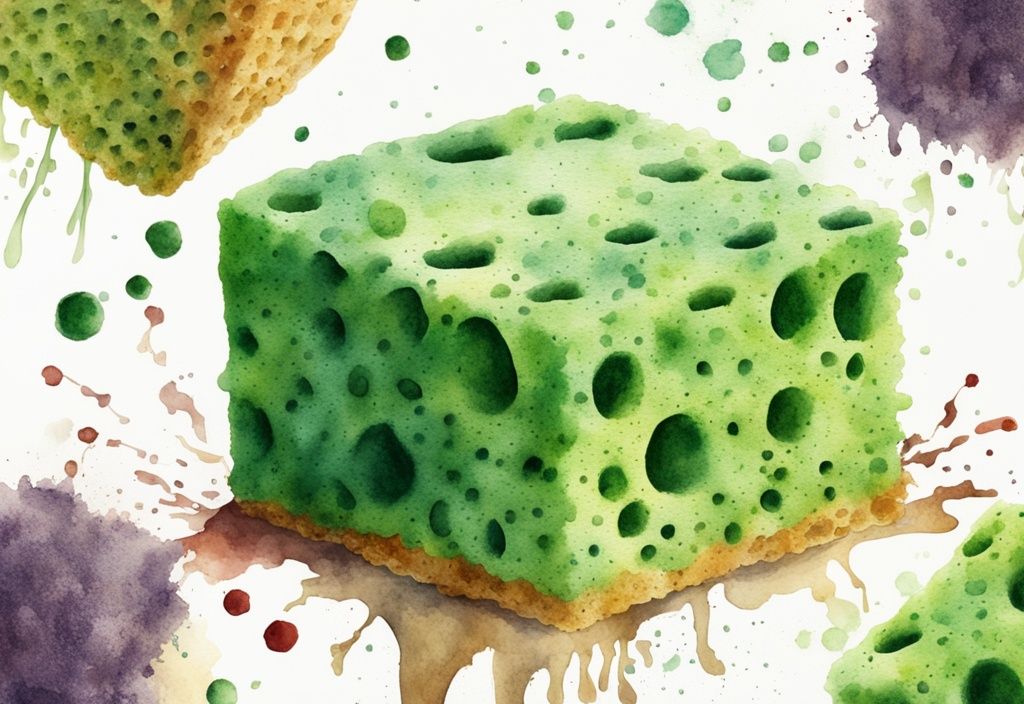
What truly excites me is their sustainable nature. Many are made from bamboo or recycled fibers, which significantly lessen their environmental impact. Choosing these options feels like a small but meaningful step towards a cleaner kitchen and a healthier planet.
The Benefits of Silicone Sponges and Linen Dishcloths
Silicone sponges and linen dishcloths have become staples in my kitchen for good reason. Silicone sponges are incredibly durable and easy to clean, making them less prone to harboring bacteria. Meanwhile, linen dishcloths, with their natural antibacterial properties, dry quickly and further minimize bacterial risk.
These materials are a breath of fresh air compared to traditional, non-recyclable sponges. By incorporating silicone sponges and linen dishcloths into your routine, you’re not just maintaining a hygienic kitchen; you’re embracing sustainable living. It’s a choice that benefits both your home and the environment, making every dishwashing session a step towards a greener future.
FAQ
Kitchen sponges are a staple in many homes, but they can harbor more than just soap and water. Here, we delve into how bad kitchen sponges can be and explore safer, more sustainable alternatives.
What is the most effective way to clean a kitchen sponge?
From my own journey towards a healthier home, I’ve found that microwaving or boiling sponges can significantly reduce bacteria. It’s like giving your sponge a mini spa day! Regular cleaning and timely replacement are key to keeping your kitchen hygienic. Trust me, it’s worth the small effort to prevent bacterial buildup.
Can using a dirty sponge make me sick?
Absolutely, a dirty sponge can be a silent health hazard. I remember once feeling unwell after a dinner party, only to realize my trusty old sponge was the culprit. Cross-contamination is sneaky and can lead to foodborne illnesses, especially affecting those with weaker immune systems. It’s a reminder to stay vigilant, even if you feel healthy.
Are there any eco-friendly alternatives to kitchen sponges?
Yes, and switching to them was a game-changer for me! Eco-friendly options like dish brushes, unsponges, silicone sponges, and linen dishcloths not only help the planet but also keep your kitchen cleaner. These alternatives are more sustainable and reduce bacterial growth, making them a win-win for your health and the environment.
Hi, I’m Olivia Green, the voice behind nontoxicways.com. I’m passionate about helping you make the shift to a healthier, non-toxic lifestyle without feeling overwhelmed. I love sharing my personal journey, from small changes to big transformations, along with practical tips that make it all feel doable. My goal is to inspire and guide you toward a lifestyle that benefits both your well-being and the planet. Let’s take this journey together, one simple step at a time!
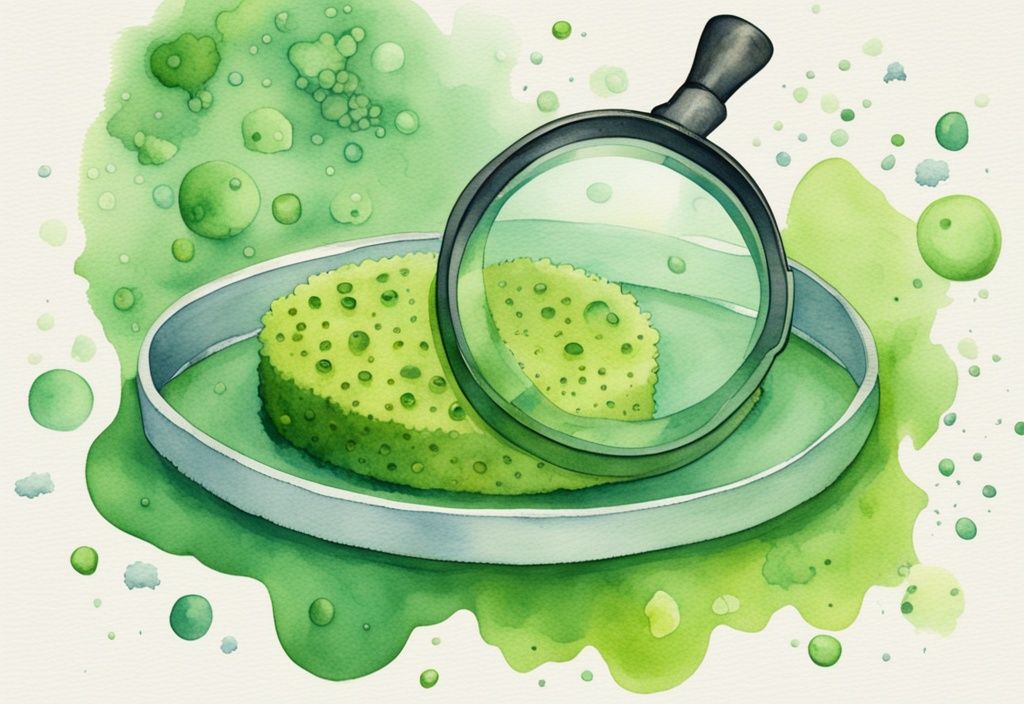
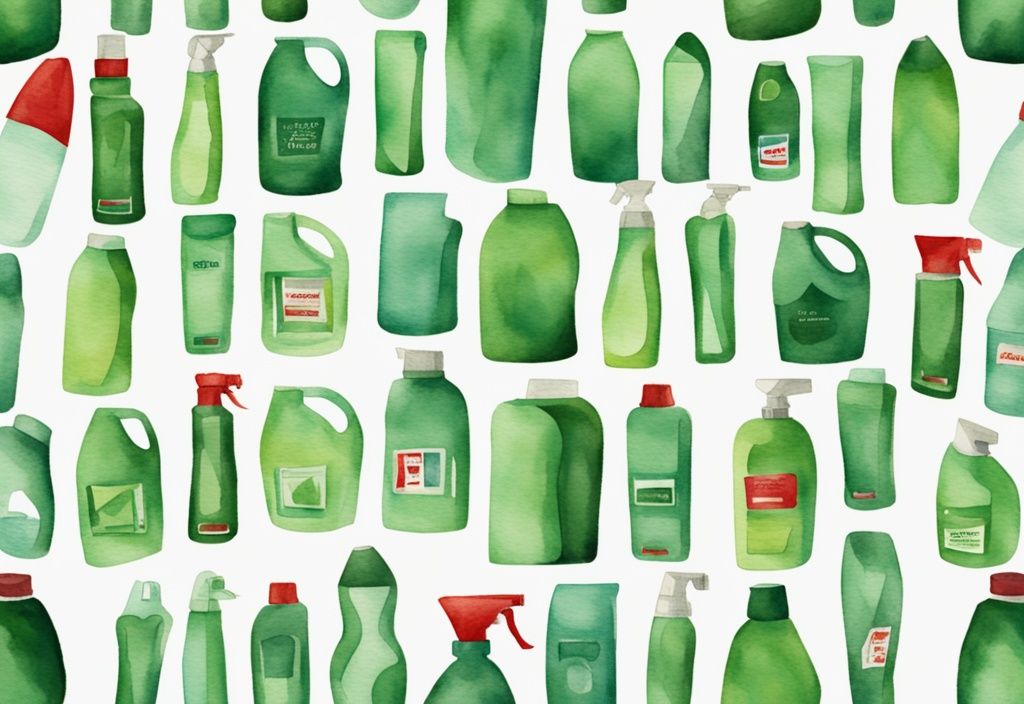
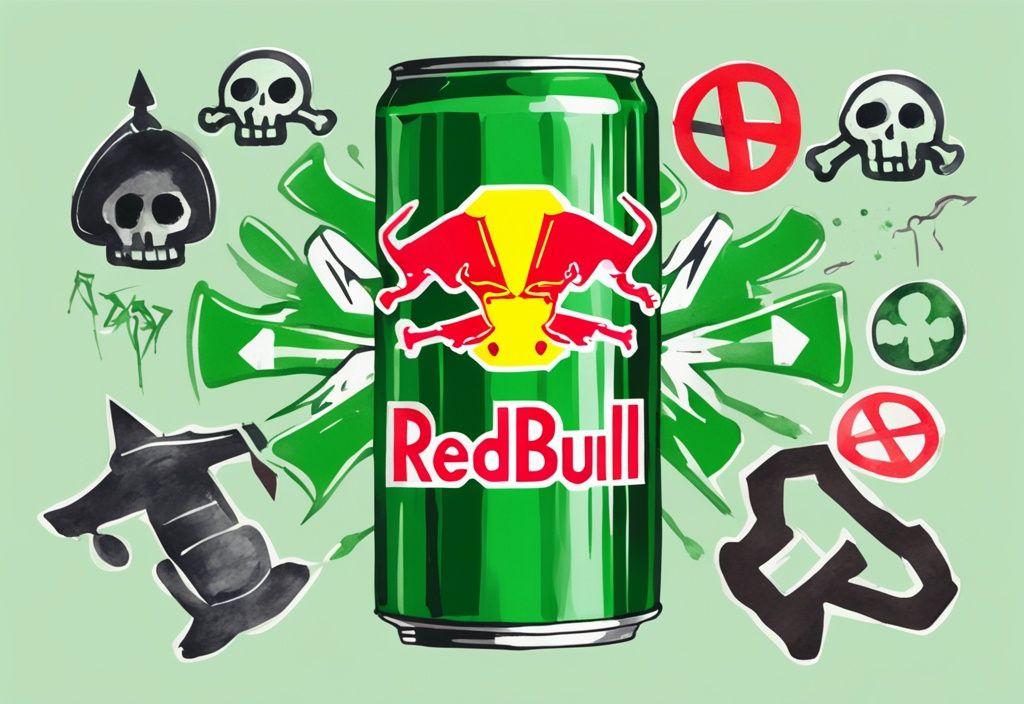
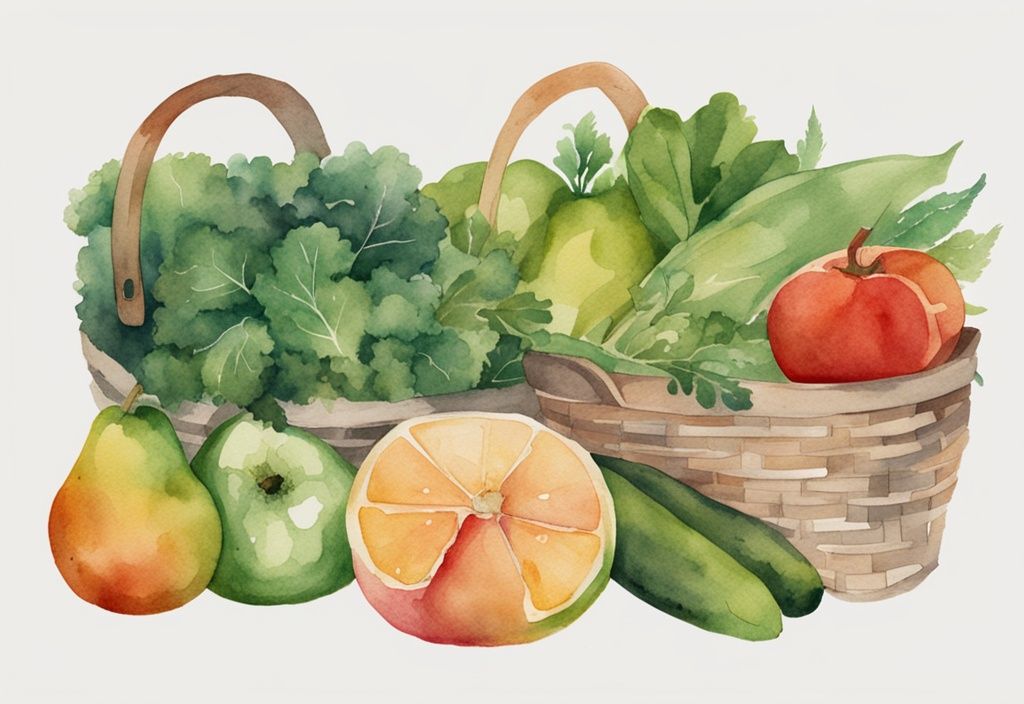
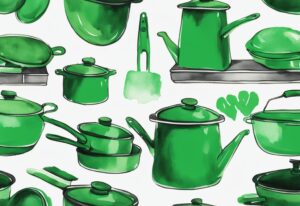



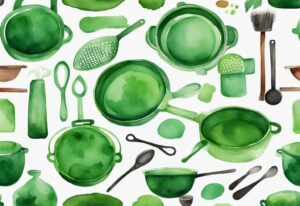
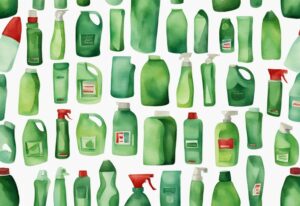


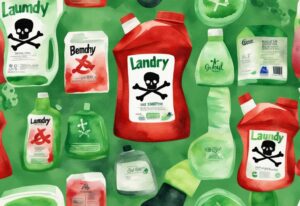

Post Comment